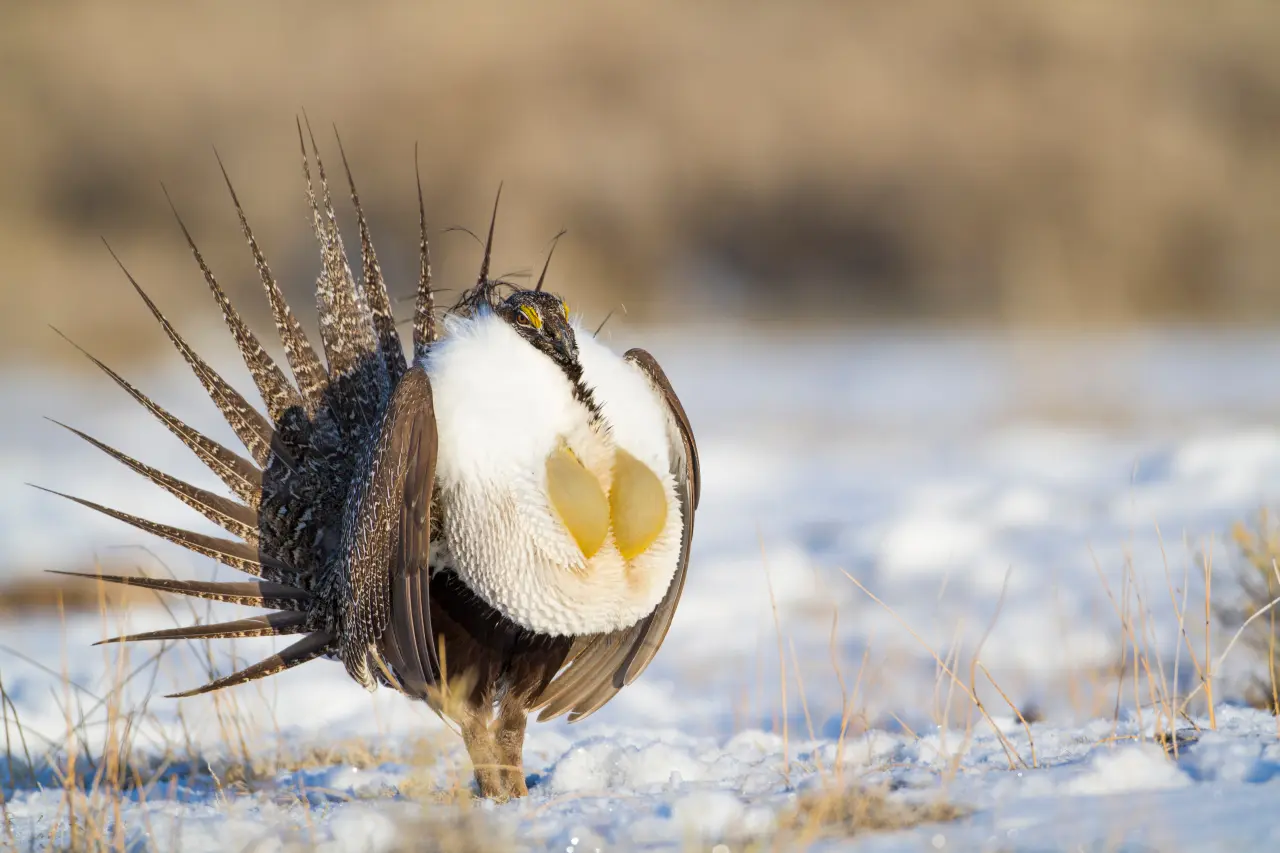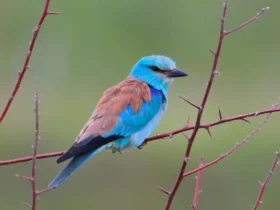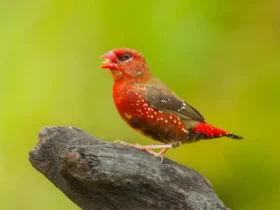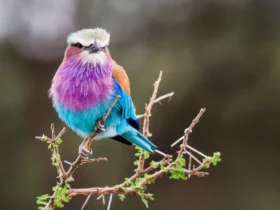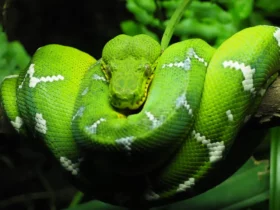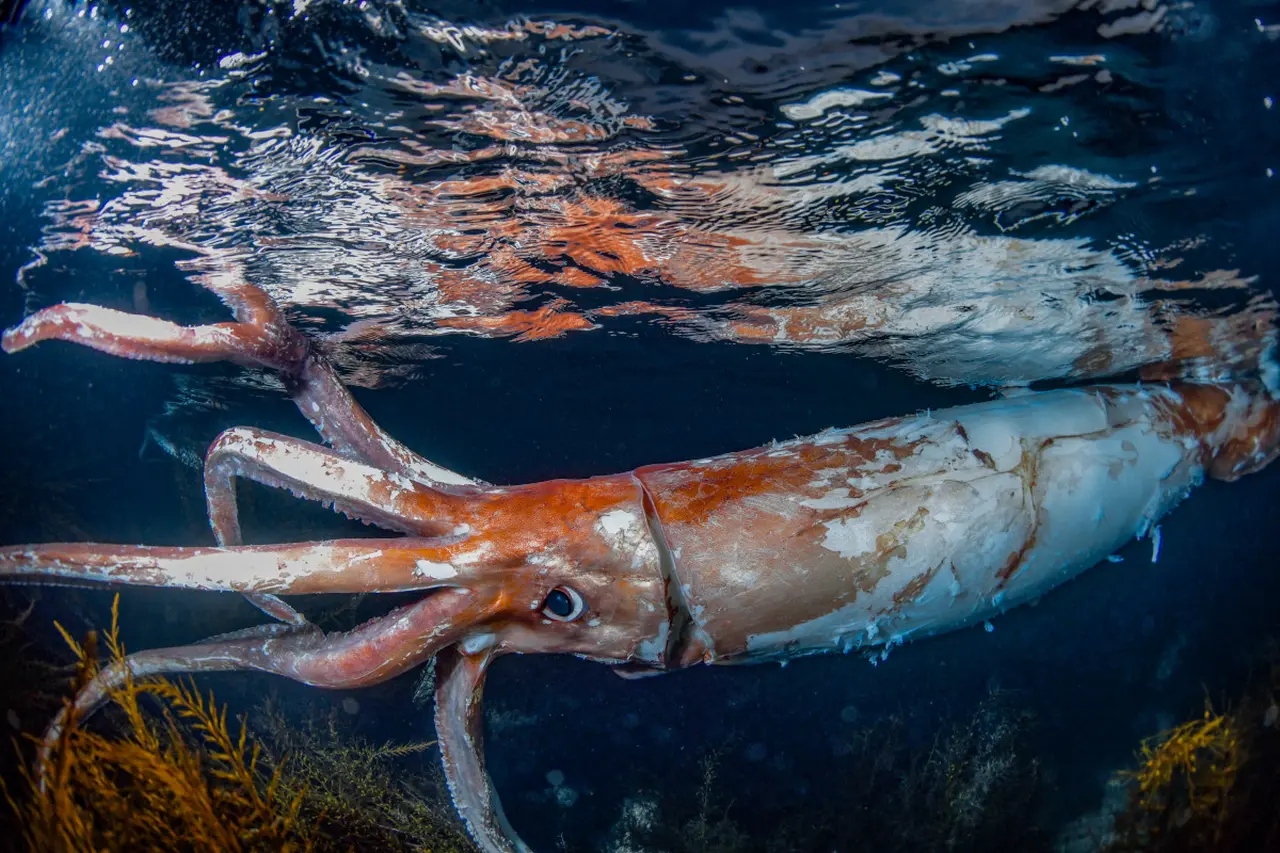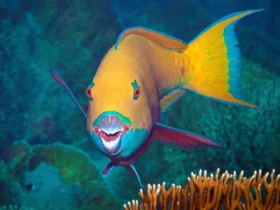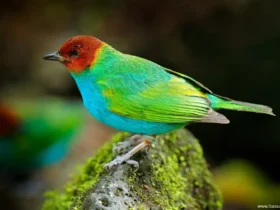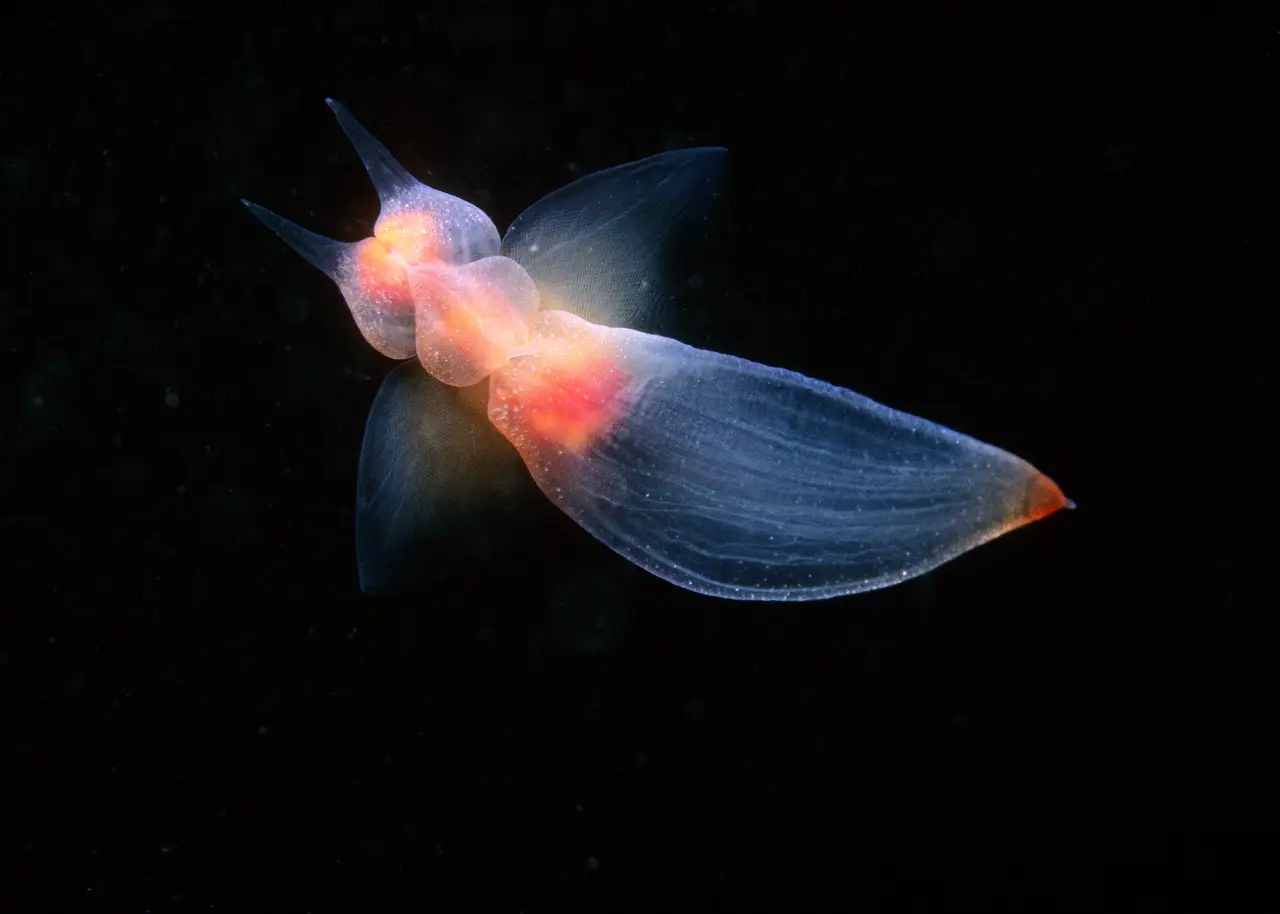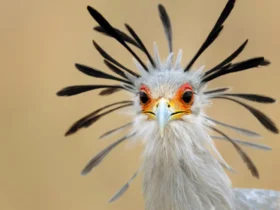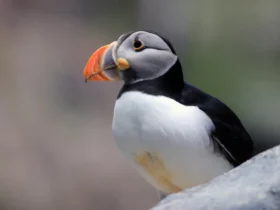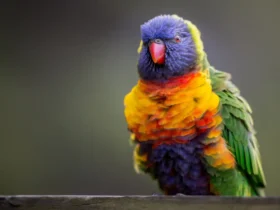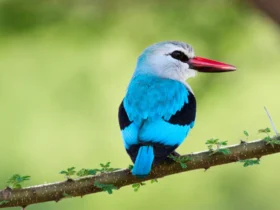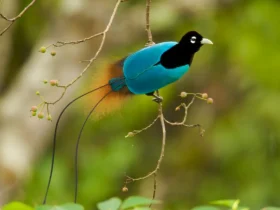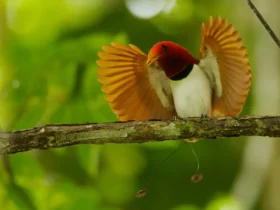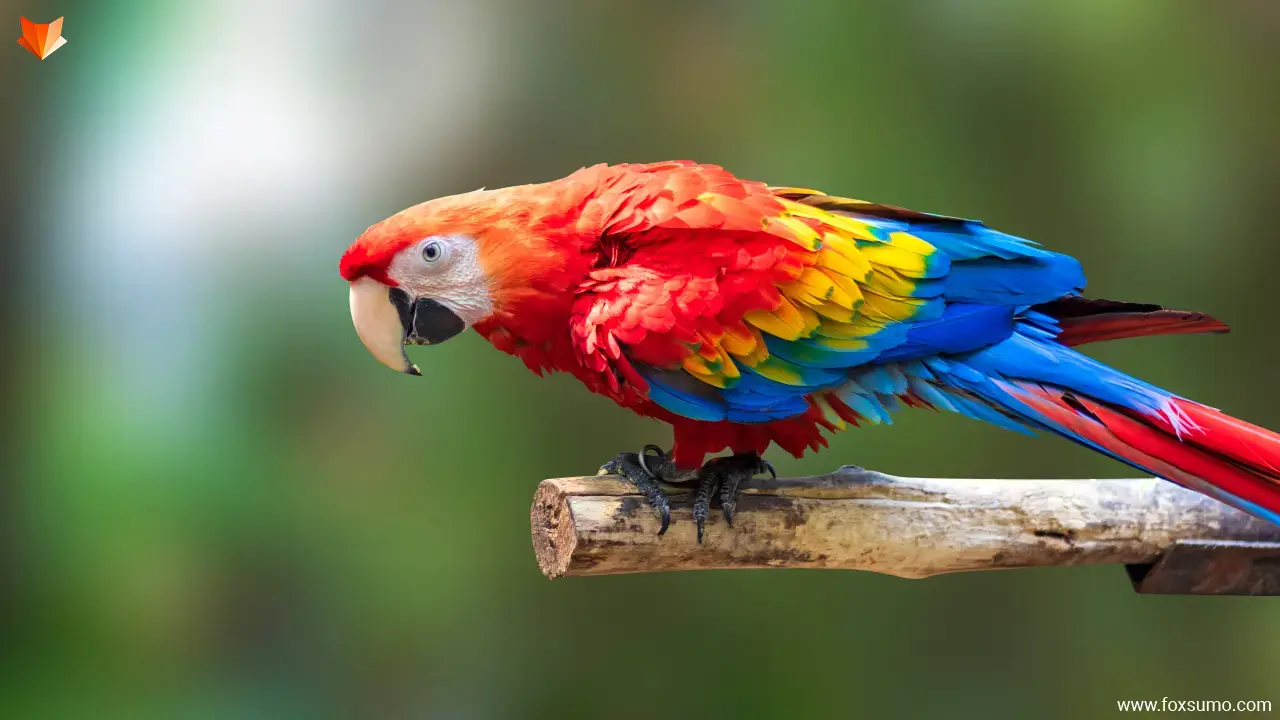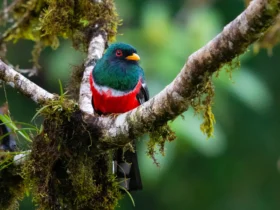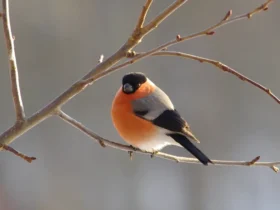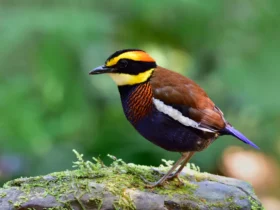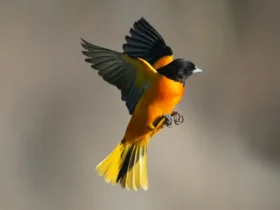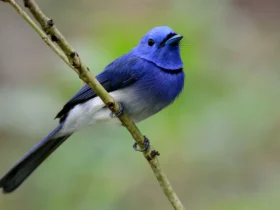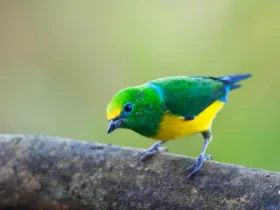The Greater Sage-Grouse (Centrocercus urophasianus) is a remarkable and strange bird species that holds a special place in the Western United States. Known for its elaborate courtship displays and unique habitat preferences, the sage-grouse has become an icon of the region’s sagebrush steppe ecosystem.
Description and Habitat
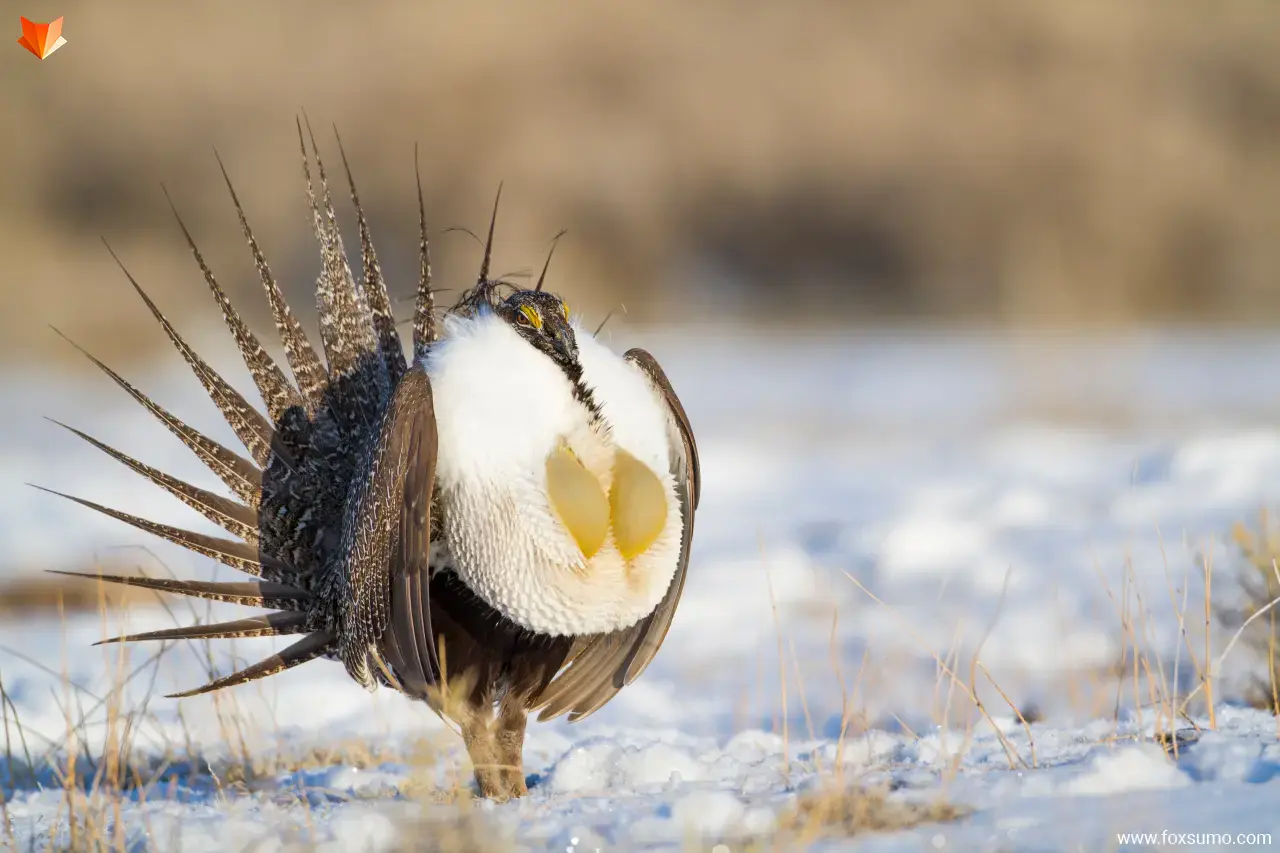
The Greater Sage-Grouse is a large, ground-dwelling bird that belongs to the Phasianidae family. Males can reach up to 30 inches in length and weigh up to seven pounds, making them one of North America’s largest grouse species. They have a distinctive appearance, with long, pointed tails, mottled gray-brown feathers, and a black belly. Females are smaller and have a more subdued appearance. Sage-grouse are highly adapted to the sagebrush steppe, a vast landscape dominated by sagebrush, grasses, and forbs, which provides them with crucial food and shelter.
Behavior and Courtship Displays
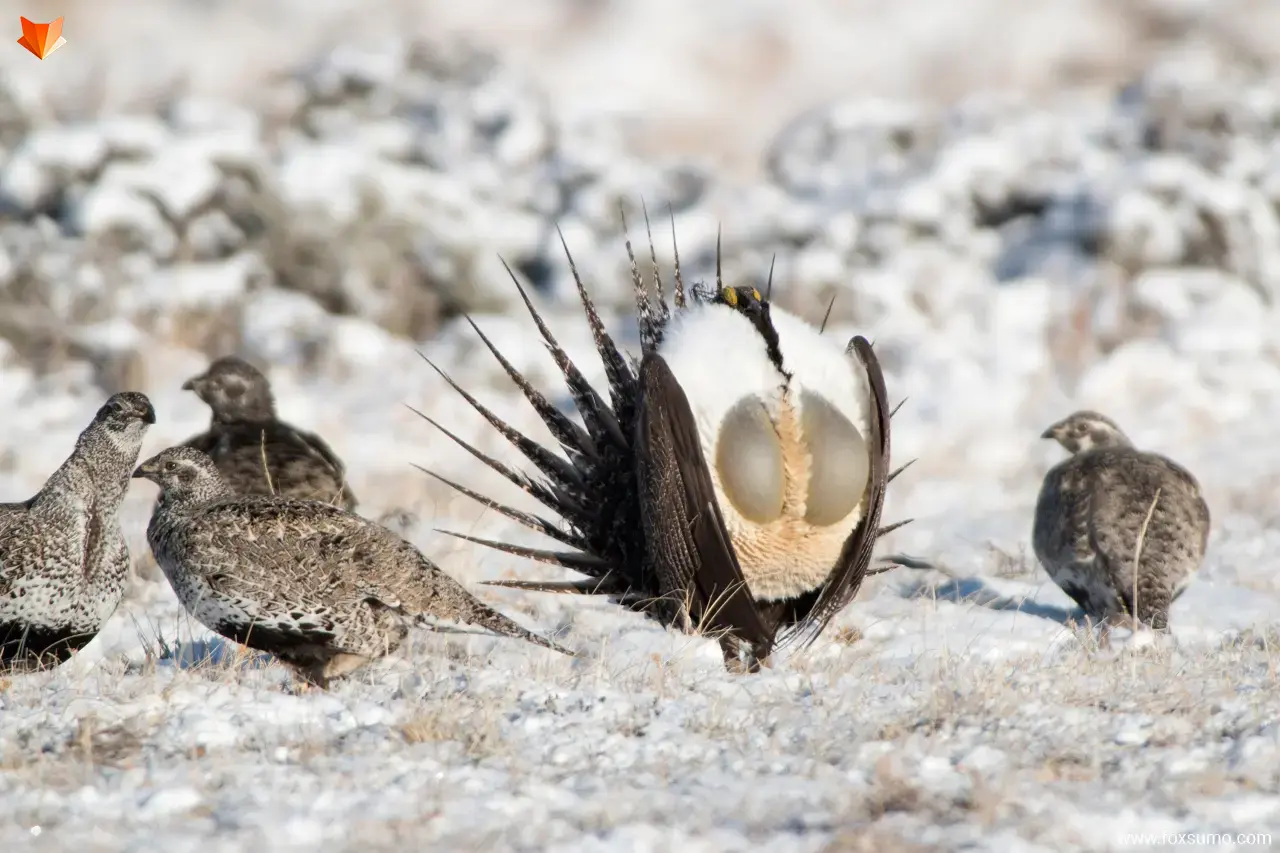
One of the most fascinating aspects of the Greater Sage-Grouse is its courtship behavior. Each spring, males gather in leks, open areas where they perform elaborate displays to attract females. The males inflate their bright yellow air sacs, fan out their spiky tail feathers, and produce a deep, resonant sound known as “booming.” These displays are not only impressive but also crucial for female mate selection.
Conservation Challenges
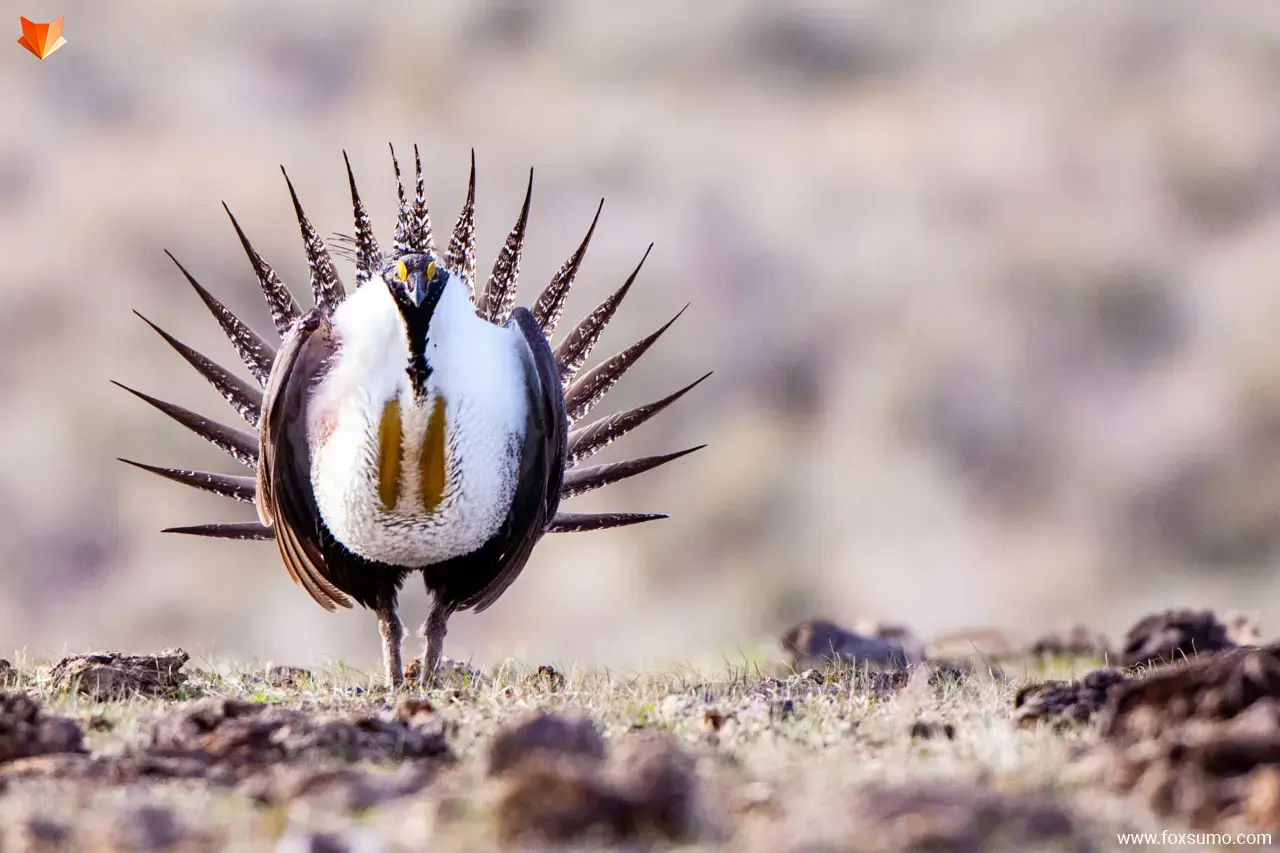
The Greater Sage-Grouse faces numerous conservation challenges. Habitat loss due to human activities, such as energy development, agriculture, and urbanization, poses a significant threat. Fragmentation of their habitat limits their ability to find suitable mates and maintain viable populations. Furthermore, invasive plant species and the increased frequency of wildfires have negatively impacted sagebrush ecosystems.
Conservation Efforts
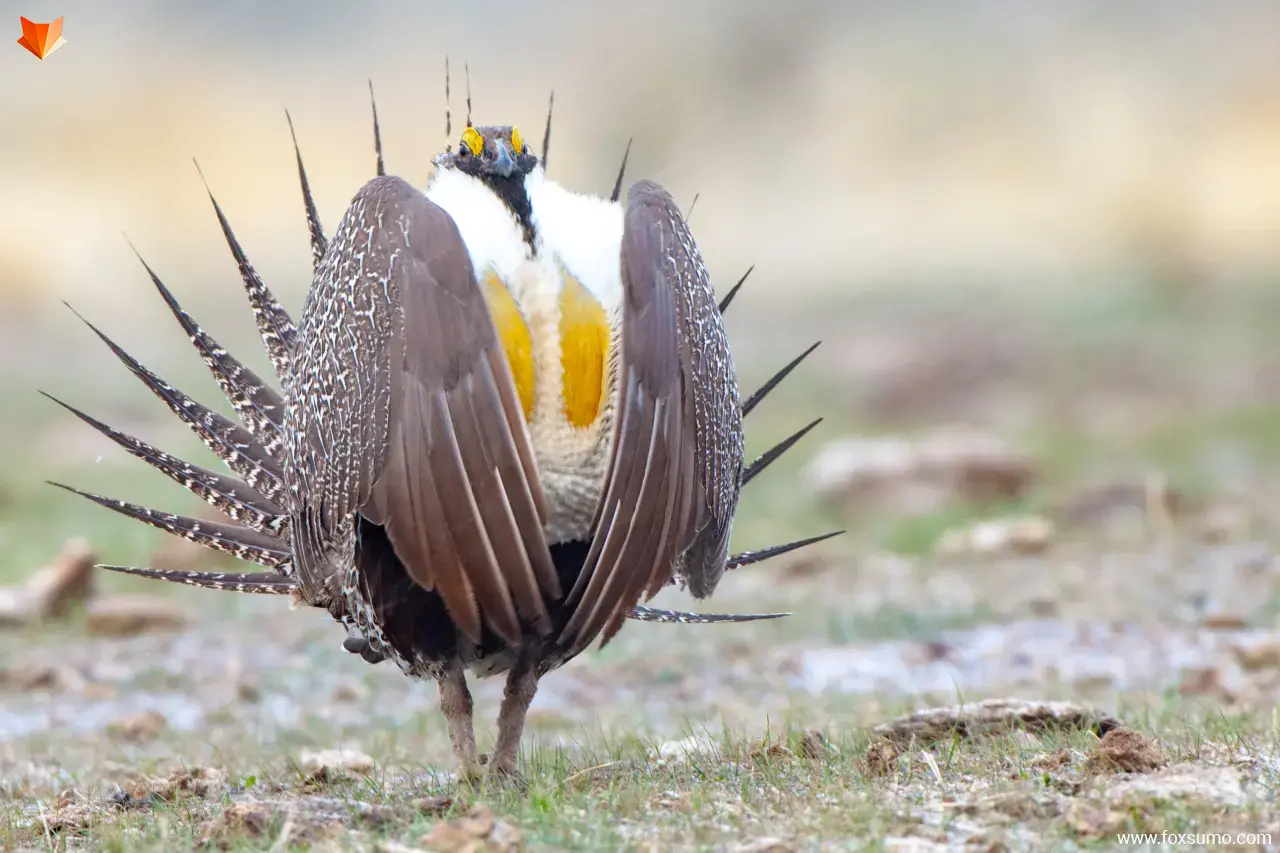
Recognizing the importance of conserving this iconic species, several conservation efforts have been implemented. The U.S. Fish and Wildlife Service designated the Greater Sage-Grouse as “warranted but precluded” for Endangered Species Act protection, highlighting the need for increased conservation measures. Federal agencies, states, private landowners, and conservation organizations are working collaboratively to protect and restore sagebrush habitat. Efforts include habitat restoration projects, predator management strategies, and land-use planning that balances resource development with conservation needs.
Final Thought
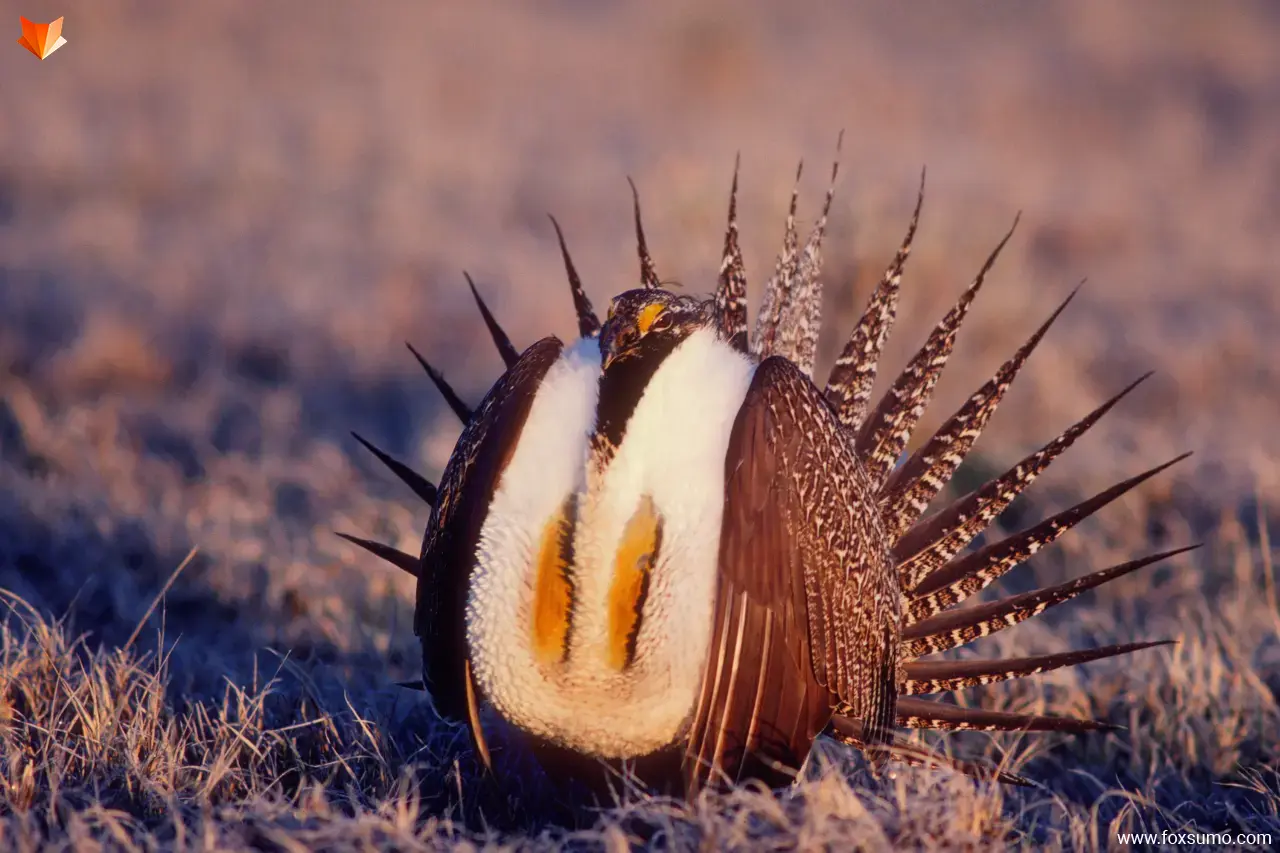
The Greater Sage-Grouse symbolizes the unique and fragile ecosystem of the Western United States. By addressing the conservation challenges it faces, we not only ensure the survival of this remarkable bird species but also preserve the integrity of the sagebrush steppe for future generations to cherish and appreciate. Protecting the Greater Sage-Grouse is crucial for the overall health and biodiversity of the Western landscape.
